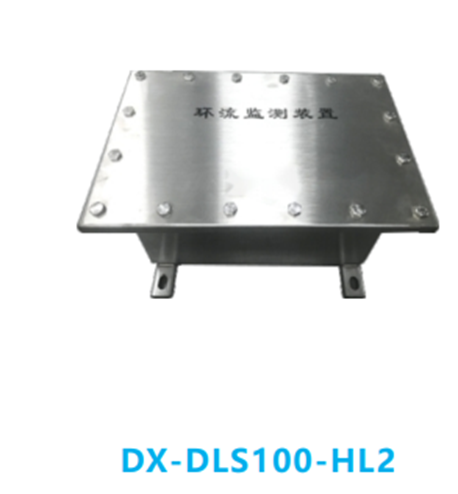Due to the electromagnetic induction properties of cables, cable lines with completely zero circulating currents are virtually nonexistent. Trace circulating currents are a "natural phenomenon" in power grid operation— When current flows through the cable core, it generates an alternating magnetic field. This magnetic field induces a voltage in the metal shield. If both ends of the shield are grounded or connected through a grounding device, the induced voltage drives current flow, forming an induced circulating current. This can be described as a fundamental physical law of electromagnetic induction.
Generally, circulating currents ≤5A (some high-voltage cables may be relaxed to ≤10A) that remain stable and fluctuate minimally over extended periods fall within an acceptable normal range. Such trace circulating currents are far below the cable's heat dissipation capacity, do not accelerate sheath aging, do not increase additional energy consumption, and have no negative impact on cable operation. However, if circulating currents exceed safety thresholds—such as exceeding 10A or experiencing sudden short-term spikes (e.g., surging from 3A to 15A)—this indicates an abnormal condition. Such abnormal circulating currents signal a fault within the cable system.
How do circulation patterns form? There are three main reasons:
1. Improper grounding method: When both ends of the cable shield are grounded, the current in the cable core induces voltage in the shield, forming a circulating current.
2. Impact of Installation Environment: When multiple cables are laid in parallel or near high-voltage lines, electromagnetic induction occurs, causing additional currents to flow through the protective sheath.
3. Damaged protective layer: When the protective layer is corroded or mechanically scratched, ground resistance increases and current distribution becomes uneven, which can also induce circulating currents.
How to monitor the protective layer circulation?
Traditional manual inspection methods struggle to monitor ground loop current changes in real time. Modern monitoring technology offers a solution to this challenge—Dingxin Smart Technology Co., Ltd. has introduced the DX-DLS100-HL2 Ground Loop Current Monitoring System, providing a reliable means to ensure safe cable operation.
The DX-DLS100-HL2 Ground Loop Current Monitoring System offers four core advantages:
1. Rugged and durable protective design
The enclosure features a stainless steel or cast aluminum housing, achieving an IP68 protection rating that not only withstands harsh outdoor environments but also ensures stable operation under complex conditions such as humidity, high temperatures, and strong electromagnetic interference.
2. Intelligent Monitoring and Alarm Function
The equipment features multiple monitoring and alarm functions to comprehensively assess the on-site environment. Upon detecting abnormal circulating currents, it immediately triggers the early warning system, transmitting information wirelessly to the monitoring center to enable early fault detection.
3. Ground Loop Current Monitoring
The device enables real-time monitoring of ground loop currents to assess cable operational status. Utilizing high-precision sampling technology, it detects minute current variations, providing accurate data support for operations and maintenance personnel.
4. Convenient and flexible installation methods
Precision current sensor design, featuring quick and easy installation with a compact and space-saving form factor, suitable for diverse cable installation environments.





